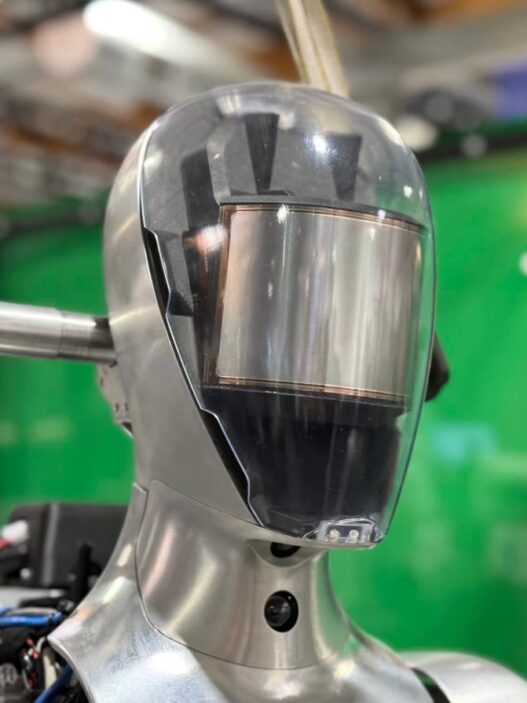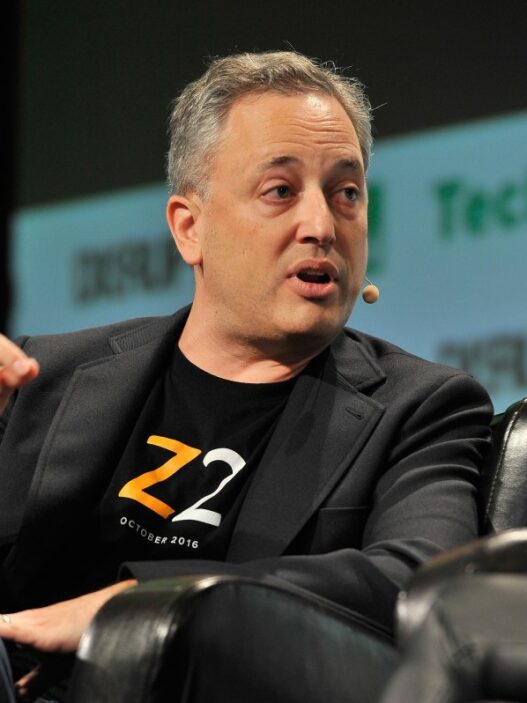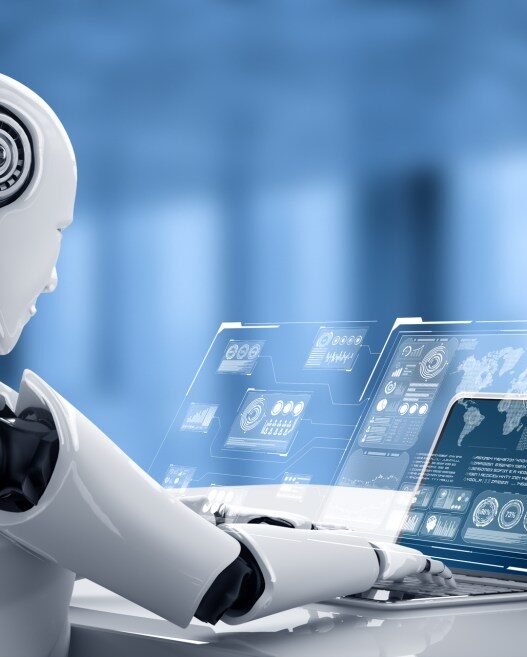Busty a week after the release of Deepseek “R1” model – which sent the markets to a field – researchers at Huging Face tries to repeat the model from scratch while it is called “open knowledge”.
The face of the face of the head of research is Lendro von Werra and many of the company’s engineers Open-R1 launchedA project that seeks to create a duplicate of R1 and the source of the source all its components, including the data used to train it.
The engineers said they had to act through the “Blok Box” philosophy from Deepseek. Technically, the R1 is “open” in that the model is licensed in a namely manner, which means that it can be widely spread without restrictions. However, the R1 is not an “open source” because many tools used to build them are reserved in mystery. Like many high artificial intelligence companies, Deepseek hates the detection of its secret sauce.
“The R1 model is impressive, but there is no open data collection or details of the experiment or medium models available, making the symmetrical copies and more research is difficult,” Elie Bakuch, one of the embracing facial engineers in the Open-R1 project, told Techcrunch. “The fully open source R1 structure is not only related to transparency-it is related to canceling its capabilities.”
Not open
Dibsic, a laboratory of Chinese artificial intelligence that is partially funded by a quantum hedge box, R1 released last week. On a number of criteria, R1 coincides – and even exceeds – perform the OPNai thinking model.
Since it is a model of thinking, the R1 is effectively dividing the facts, which helps it avoid some of the pitfalls that are usually on the models. Thinking forms takes a little longer-secondly to a longer minutes-to reach compared solutions with an unbalanced model. The upward trend is that they tend to be more reliable in fields such as physics, science and mathematics.
R1 stormed the prevailing awareness after the Deepseek Chatbot application, which provides free access to R1, It rose to the highest Apple App Store. The speed and efficiency of R1 – released Deepseek just weeks after the Openai O1 version – led many Wall Street technicians to ask whether the United States could maintain its progress in the artificial intelligence race.
“The Open-R1 project is less concerned about AI’s dominance from the United States than” the fully opened black training box “. He pointed out that since the R1 was not released using the training code or training instructions, it is difficult to study the model deeply – Many less than direct his behavior.
“Control of the data and practical group is crucial to publish a form of responsibility in sensitive areas,” said Bakuch. It also helps in understanding and treating prejudices in the model. Researchers need more than shrapnel (…) to push the limits of what is possible. “
Steps to repetition
The goal of the Open-R1 project is to repeat R1 within a few weeks, and partially rely on the scientific hugs in Face, a dedicated research server with 768 Nvidia H100 GPU.
Embacious facial engineers are planning to take advantage of the science group to create data groups similar to that deep used to create R1. To build a training pipeline, the team requests help from AI and the broader technology societies on the embrace of the face and Gaytoub, where the Open-R1 project is hosted.
“We need to make sure that we are implementing algorithms and recipes (properly,).”
There is a lot of attention already. The Open-R1 project achieved 10,000 stars in just three days on Gitap. Stars are a way for GitHub users to indicate that they love a project or find it useful.
If the Open-R1 project succeeds, artificial intelligence researchers will be able to build on top of the training pipeline and work to develop the next generation of open source thinking models. He hopes that the Open-R1 project will not only lead to a strong open source of R1, but it is the basis for better forms to come.
“Instead of being a zero game, the development of the open source benefits everyone immediately, including border laboratories and models, where they can all use the same innovations.”
While some artificial intelligence experts raised concerns about the possibility of an open source AI, Bakouch believes that the benefits outweigh the risk.
He said: “When the R1 recipe is repeated, anyone who can rent some processing processing units can build its R1 variable with its own data, which increases the spread of technology everywhere.” “We are really excited about modern versions open source that enhances the role of openness in artificial intelligence. It is an important shift in this field that changes the narration that only a handful of laboratories are able to make progress, and that the open source is behind the knees.”











